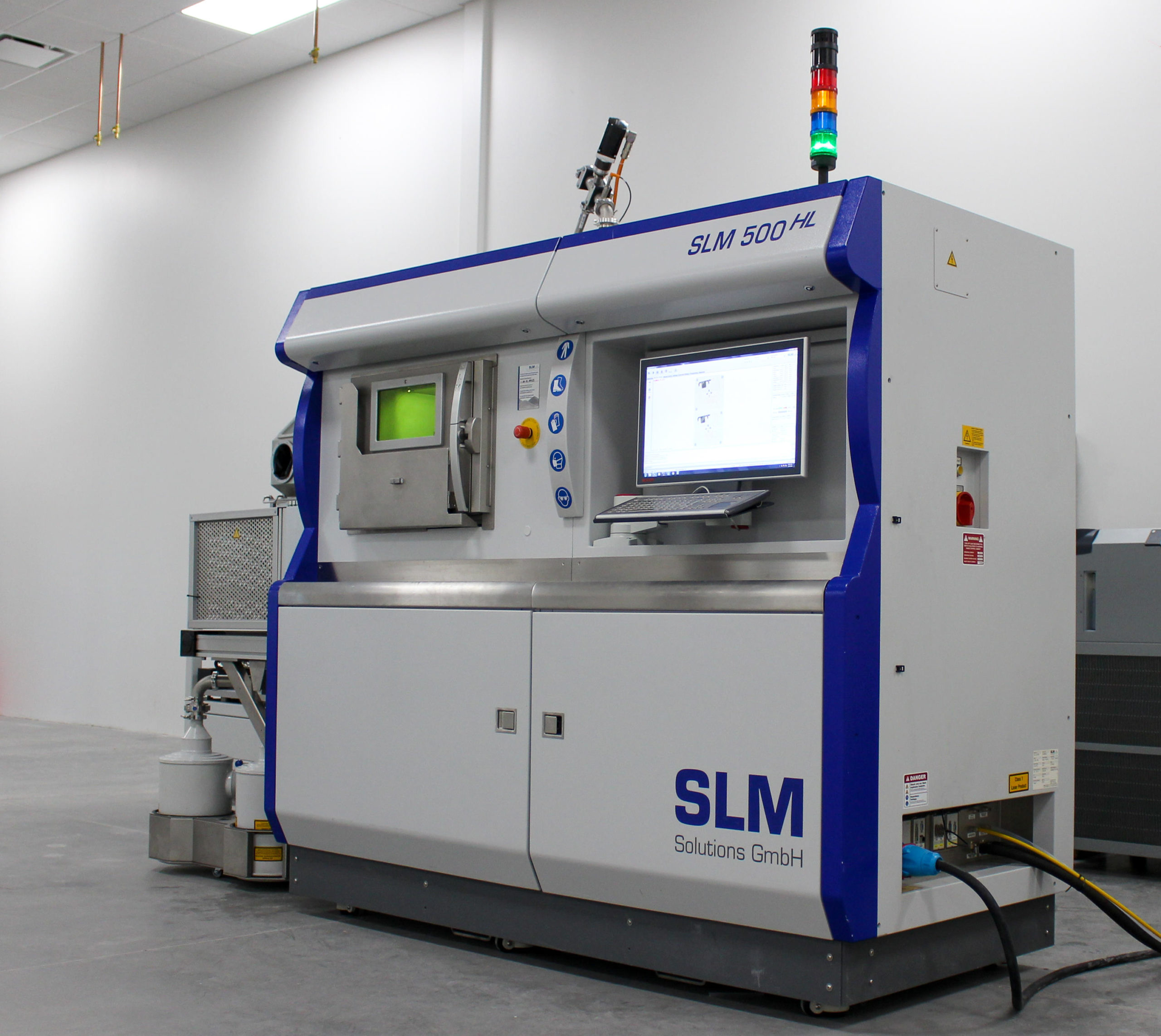Optisys has partnered with the National Radio Astronomy Observatory (NRAO) to develop a new generation of 3D printed antenna for radio frequency (RF) telescopes. Together, the two entities aim to advance the state of RF astronomy to better understand the workings of the universe.
Optisys is a Utah-based firm dedicated to 3D printing metal antennas and RF components. Previously, the company has included some of both the smallest and largest 3D printed metal antenna parts. It has also made 3D printed components for high altitude long endurance drones. The NRAO is most interested in RF products with small size, weight, and power requirements (SWaP), which means low transmission loss and increased stability.
“Science requirements are always pushing the limits of technology, so we need to invest in innovative technologies with the potential to break through current performance barriers,” said Bert Hawkins, Director of NRAO’s Central Development Laboratory (CDL). “3D-printed electromagnetic devices can have all sorts of shapes, structures, and designs that would be impossible to make with traditional machining techniques. NRAO’s new partnership with Optisys has the potential to lead to the development of devices with the ability to outperform those currently used in radio astronomy.”

The Optisys design for a 3D printed RF antenna for NRAO. Image courtesy of Optisys.
These characteristics are ideal for radio astronomy, particularly in the cryogenic temperatures of space. Optisys’s technology is reportedly highly integrated and does not require plating to enhance performance. This further improves its eligibility for use in land- and space-based radio telescopes with increased range and accuracy.
The company demonstrated this by producing antennas with improved performance, stability and other attributes that led to NRAO embarking on its partnership with Optisys. The two believe that uniquely designed antennas and RF devices will be able to increase the data that can be gathered in space.

An SLM 500 from SLM Solutions, used by Optisys for 3D printing of metal antenna components. Image courtesy of Optisys.
“All areas of RF applications are benefiting from Optisys’ advanced capability,” commented Janos Opra, Optisys CEO. “Whether it be communication, radar, directed energy or radio astronomy, we are incredibly excited about our involvement in all RF industries. Our partnership with the NRAO is not only good for Optisys, the NRAO or the RF industry, but will provide insight and knowledge for the sustained benefit of all humankind.”
The results of the tests conducted by the two partners will be published this year. As alluded to by Opra above, the capabilities being developed for NRAO can be applied to other applications aside from the study of space. Opra suggested that it can be used for directed energy, a novel field of weaponry in which highly focused energy beams can be used to more accurately and effectively strike targets.
The ability of parts 3D printed by Optisys to survive cryogenic conditions hints not only at uses in space but in the artic, as well. There, new technologies are expected to be deployed for the exploration and recovery of oil and gas reserves previously difficult to access due to the harsh climate. However, as global warming melts the arctic, these reserves are expected to be more easily accessible.
This could pair well with 3D printed metal parts being developed by Amorphology Inc., which seem to have a niche use in space rovers. Like Optisys’s antennas, Amorphology’s 3D printed parts are meant to be used in cryogenic atmospheres. Ostensibly, this might mean a better rover for landing on Jupiter’s moon of Europa, but it could also mean arctic rovers for oil and gas and their protection.
If that’s the case, we might be able to put together a picture of what these technologies will be used for. It’s tough to say, but we can expect 3D printed antennas to be used both for astronomy and warfare from space and the ground.
Subscribe to Our Email Newsletter
Stay up-to-date on all the latest news from the 3D printing industry and receive information and offers from third party vendors.
You May Also Like
Polls of the Week: Are 3D Printed Guns a Threat and Should We Regulate Them?
One of the most controversial topics in the 3D printing industry, hands-down, is guns. It’s been a major point of contention for years, and people typically have very strong opinions...
3D Printing News Briefs, April 3, 2024: Kickstarter FDM 3D Printer, Artificial Eyes, & More
In 3D Printing News Briefs today, we’re talking about an FDM 3D printer on Kickstarter, advancements in artificial eye creation, and 3D printed solenoids for electromagnets. Then we’ll move on...
Daring AM: The Global Crackdown on 3D Printed Firearms Continues
In the last few years, a surge in police raids uncovering 3D printed guns has led to concerns about their growing association with criminal gangs. Although typically seen as inferior...
Daring AM: Canada Tackles Increase of 3D Printed Gun Arrests and Sentences
Recent incidents in Canada have brought to light the arrest of individuals for possessing illegal 3D printed firearms, among other charges. These incidents, which resulted in multiple arrests, serve as...





























